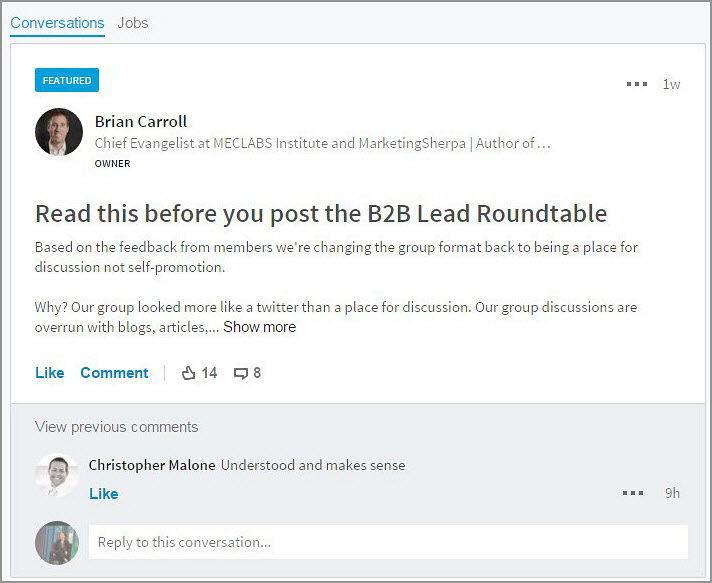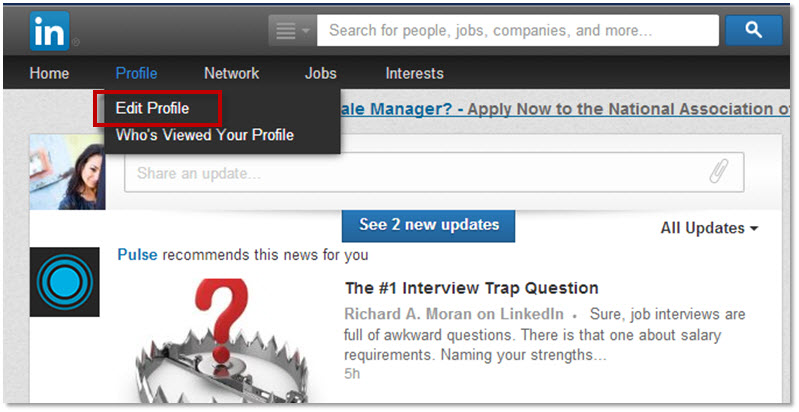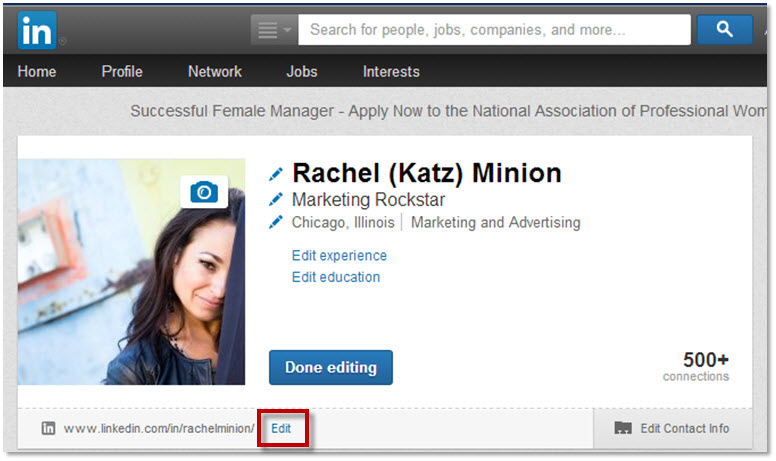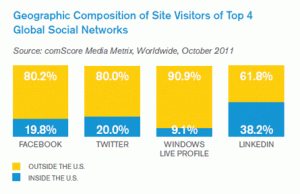When I was a kid fresh out of high school, I was a little socially awkward. I didn’t exactly understand the various types of social gatherings to which I was invited to, and I consequentially always showed up dressed incorrectly, saying the wrong things and bearing the wrong gifts. We all know the guy who shows up to the baby shower with a bottle of tequila, right?
Unfortunately, a similar situation exists in marketing circles when advertisers crash the proverbial wedding of social media platforms wearing board shorts and flip flops. That metaphor may be a little dense, so follow me…
marketing circles when advertisers crash the proverbial wedding of social media platforms wearing board shorts and flip flops. That metaphor may be a little dense, so follow me…
For all of the analysis currently existing about how to best leverage social networks for marketing success, we actually understand comparatively little about how the various platforms work. Frequently, despite best efforts to the contrary, marketers end up looking like the odd man out simply by taking the wrong platform-specific tones with their campaigns.
Companies simply can’t expect to behave the same at different social functions and receive an overwhelmingly good response. Since we’re on the analogy train today, I’ll try to keep the theme going.
Facebook is a pub crawl
People spend most of their Facebook time interacting with their “friends.” In truth, most of the “friends” with whom we interact with on Facebook are merely acquaintances.
Nevertheless, the environment yields similarities to the dynamics of a pub crawl. Surrounded by acquaintances and, yes, a few old friends, we dive into topics of various levels of seriousness ranging from the patently absurd, to the politically charged before wandering aimlessly from topic to topic for a spell.
We do so without expecting to be inundated with marketing messaging, much the same as we would expect to not be rudely interrupted by an insurance salesman while we were in the middle of telling our best frat house story from college at the local bar.
In order to market effectively on Facebook, you first have to win a seat at the table, or be interesting enough to be the topic of our slightly buzzed conversation.
Twitter is a speed date
You’ve got 140 characters to impress me, so you’d better make it work for you.
I might spend a few extra minutes after the last round of speed dating with a particularly interesting person (company, product, etc.), but if I do, it will be because you have done or said something particularly compelling in your allotted time slot. Equally as fun as interviewing potential dates, I can wander sneakily around the room to see what other people are saying about me …
“That guy has impeccable taste in clothing,” says one. “He’s stunningly good looking,” says another.
Brands can do the same with Twitter, getting a better idea of how the market is responding to their product offerings. In order to market on Twitter, you have to learn how to answer the question of what you’re into right now, and answer it in a compelling enough fashion for me to care when you’re done talking.
Read more…









 The landing tab for the
The landing tab for the 




